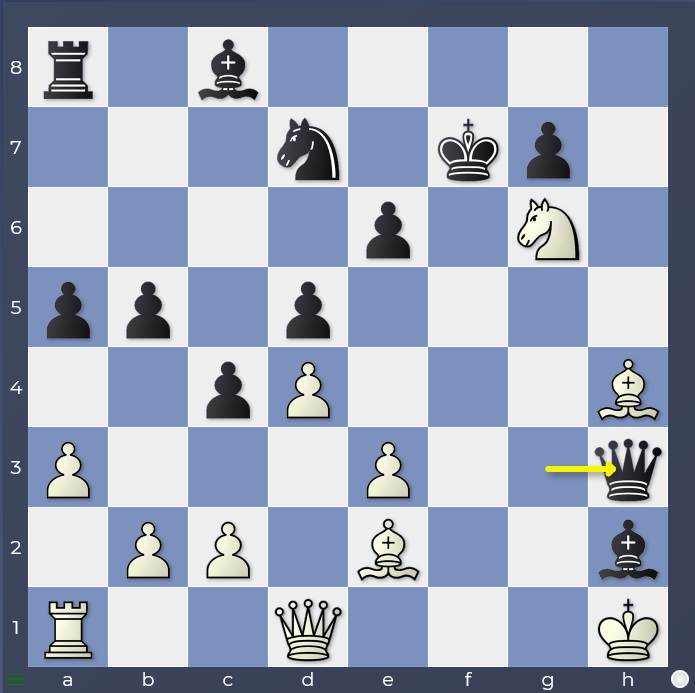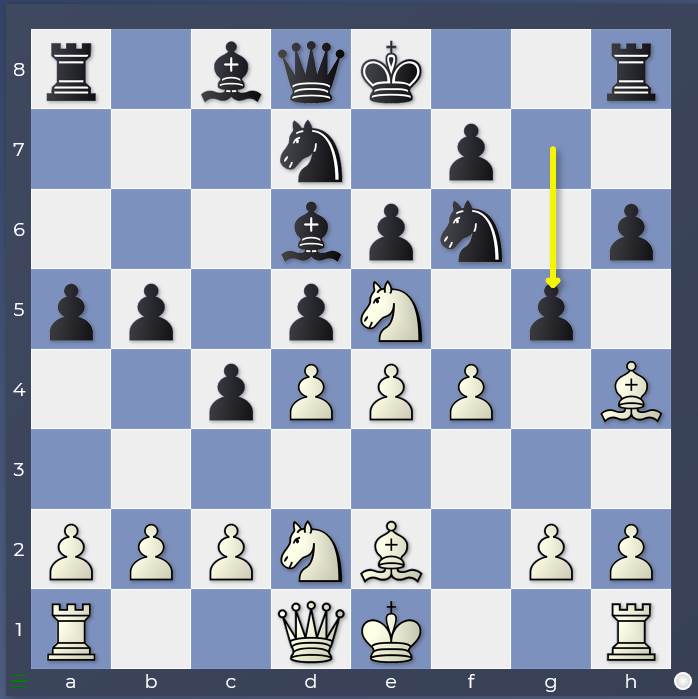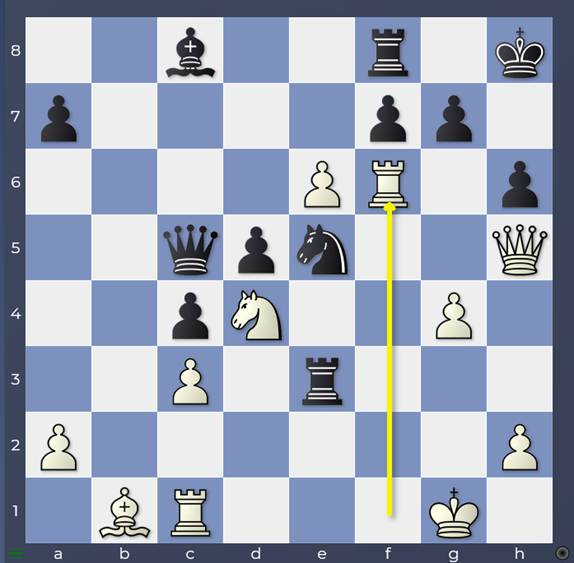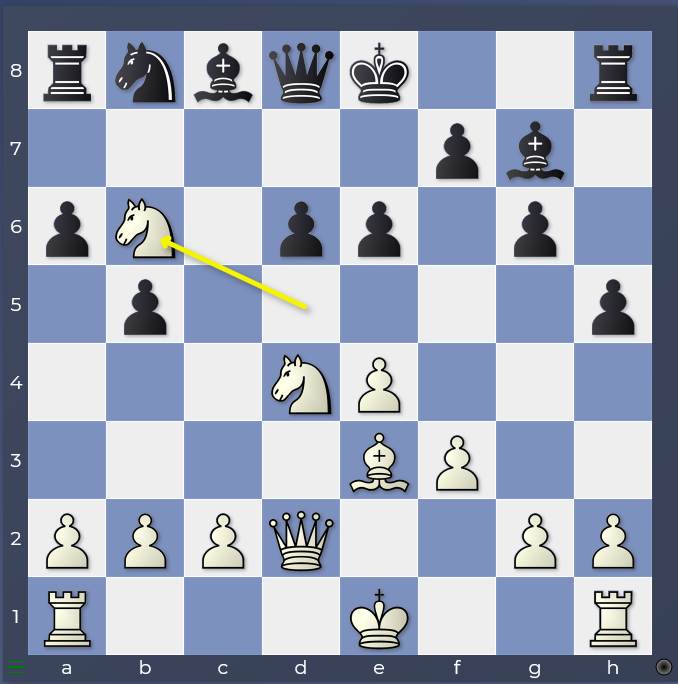In my last blog post, I left you with 2 intriguing middlegames which the engines assessed as dead equal and yet would only be the start of hostilities in a human game! I spent some time looking at these positions and I wanted to share my thoughts with you. Let’s start off with this one:…
 June 16, 2025
Matthew Sadler
No comments exist
June 16, 2025
Matthew Sadler
No comments exist






